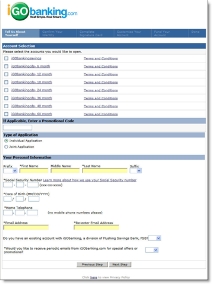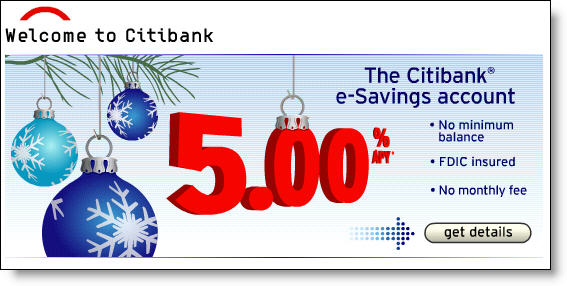 I am a sucker for holiday graphics on websites. It doesn't have to be dramatic, a few snowflakes or candy canes in the background is fine. For example, Citibank's e-Savings banner on its homepage today (see inset, click to enlarge). Just like a holiday wreath on the door of the branch, it shows your customers and employees that you have some holiday spirit.
I am a sucker for holiday graphics on websites. It doesn't have to be dramatic, a few snowflakes or candy canes in the background is fine. For example, Citibank's e-Savings banner on its homepage today (see inset, click to enlarge). Just like a holiday wreath on the door of the branch, it shows your customers and employees that you have some holiday spirit.
Unlike two years ago (see prior post here), this year many banks and credit unions are running holiday promotions for gift cards and other products (see rundown here) and/or have dropped holiday sprinkles into their websites. The most dramatic is the popup from U.K.'s First Direct <firstdirect.com>. This is over-the-top, but it brings a grin, not a bad thing during the end-of-year rush.
First Direct homepage with popup showing (click to enlarge)
Close-up of popup after choosing "let it snow" option
The loud holiday music that accompanies the snow globe can be turned off with the button in the lower right. Selecting "all snowed out" or "bah humbug!" from the first screen displays a brief "seasons greeting" message before automatically closing the popup.
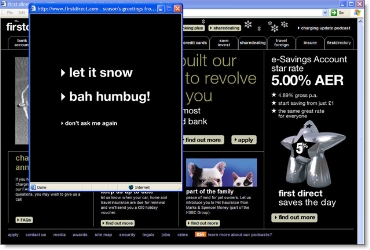
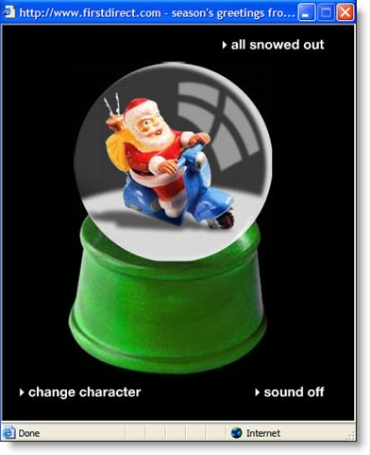


 For the past few months, I've been more or less obsessed with RSS feeds (see our latest full report on the subject
For the past few months, I've been more or less obsessed with RSS feeds (see our latest full report on the subject 
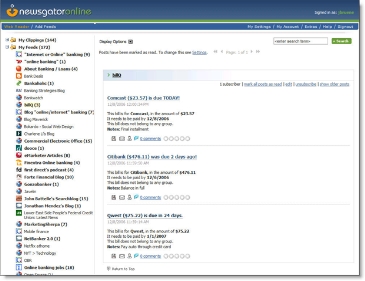


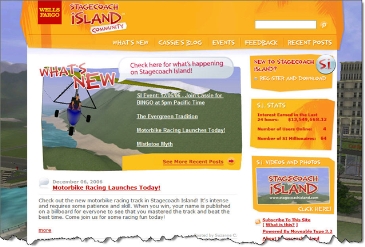

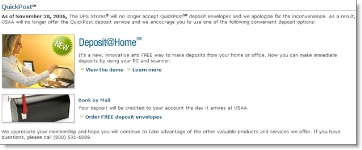


 Since its September launch,
Since its September launch, 


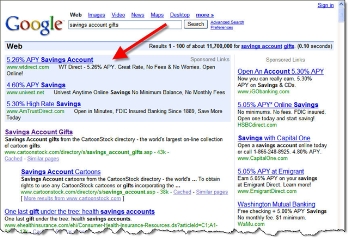


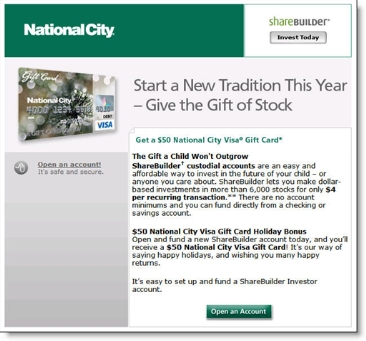
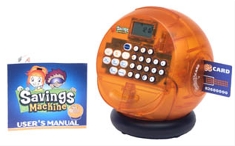
 Intuit's
Intuit's